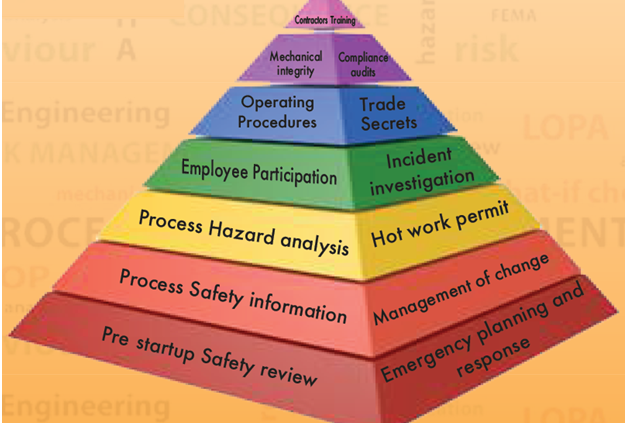The Importance Of Sustainable Waste Management In C&D

The construction and demolition (C&D) industry naturally generates waste. However, the sheer scale of waste — as well as any harmful materials ¬— can significantly impact the environment. From excessive packaging and surplus supplies to the debris as structures are knocked down, the amount of discarded scraps packs landfills by the truckload. In fact, the Environmental Protection Agency reported C&D debris from 2017 more than doubled that of municipal solid waste.
Waste can also create problems on the jobsite. Collecting and distributing waste — as well as delays and associated costs — are important factors to consider. How can the negative impacts from this high volume of waste be mitigated? Although there are many answers, it can all start with the implementation of innovative waste solutions. These resolutions could deliver greater efficiency on and offsite while diminishing environmental impacts.
One such approach is to revitalize the waste management processes before the trucks ever roll out. Advanced project-planning systems can help reduce waste through exact measurements before materials are ordered. For instance, ready-mix concrete could be purchased in precise amounts to shrink the amount of wasted concrete and its costs. Additionally, the industry should focus on recycling concrete waste — such as blast furnace slag and fly ash — to make new concrete. Thorough recycling efforts have the power to reduce U.S. landfill expansion by 1,000 acres for every 135 million tons of C&D waste recovered.
What’s more, innovative material-sourcing measures could help reduce waste by procuring supplies from more sustainable sources. They can also help by disseminating left-over supplies to other jobsites or recycling materials, such as wood, metals, asphalt and concrete.
Another method is deconstruction. When a building is demolished, it produces an average of 155 pounds of waste per square foot. The smashed materials are then carted to overflowing landfills. Deconstruction, on the other hand, reuses the structure’s materials and resources strategically for new construction projects.
An additional tactic that can be implemented before the project commences is modern employee training. Instructing workers in the importance of recycling, reducing and reusing could see significant waste reduction on the worksite. Through widespread training, or possibly incentives, lessening the waste can then be accomplished.
Despite the adaptive reuse projects and extensive recycling efforts in place, there is still a massive waste problem in C&D. Without properly addressing the matter, our landfills could continue to overflow, resources may become more limited and toxins from hazardous waste might seep into the water supply. It’s up to those in management to take a stand now.
For more information on minimizing construction waste, please see the accompanying resource.






